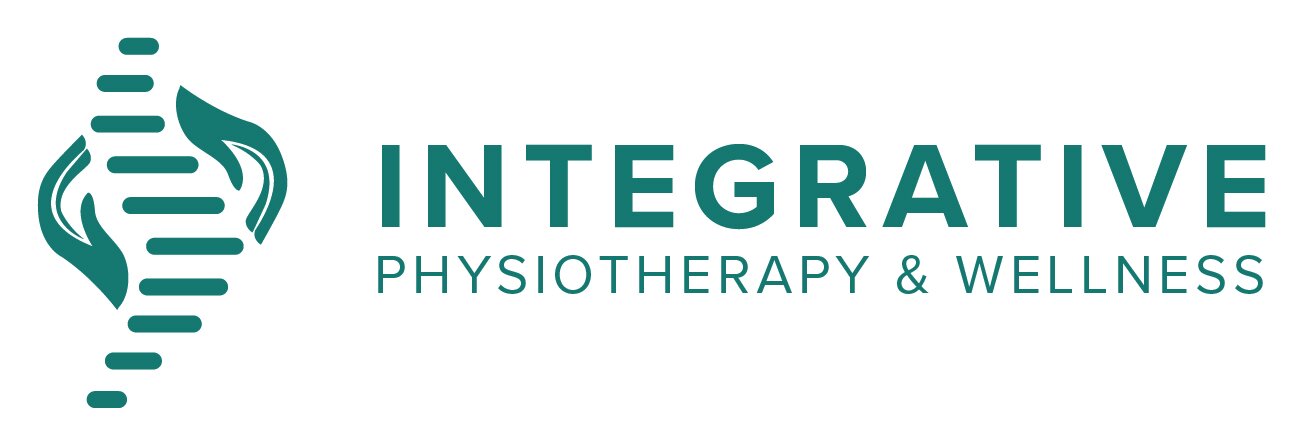Most Common Knee Conditions
Knee pain and/or discomfort is a very common complaint that is seen in people of all ages, starting from teens to the oldest. It could be the result of injury or medical conditions. Let’s see a few of the most common causes/conditions of knee pain:
Meniscus Lesion/injury:
Two menisci in the knee: Medial & Lateral work as cushions by absorbing any force coming towards the knee. There can be two possible reasons for meniscal lesions either any injury/trauma or degenerative which affect the biomechanics of the knee joint and cause pain/discomfort.
Athletes are more prone to get meniscal tears by trauma and people with knee OA usually end up with degenerative meniscus tears/lesions. Research says meniscal injuries are common in men and the mean age is from 28 to 40 years.
Clinical presentation:
Popping sound/Clicking on the knee
Knee locking/catching
Squatting/kneeling is poorly tolerated
Intermittent residual pain
Pain/pressure triggered by prolonged knee bending
Baker’s cyst:
It is fluid-filled swelling seen behind the knee joint in the popliteal fossa. In some cases, this cyst puts pressure on anatomical structures like the popliteal vein. The cause of Baker’s cyst can be an intra-articular problem with the knee or any inflammatory reaction from loose bodies in conditions like. OA, Ligament tear. Cysts can vary in size from very small to large one.
Clinical presentation:
Swelling and a mass in the popliteal fossa (Back of the knee)
Vague pain behind the knee
Restricted knee mobility
Tightness behind the knee
Stiffness in the back of the knee, increased by activity.
PFPS (Patellofemoral Pain Syndrome):
Patello-Femoral Pain is a common term used for anterior (front) knee pain resulting from structures under or nearby to the patella (kneecap), which can be infrapatellar fat pad, subchondral bone, or synovium. This kind of pain is usually provoked by any sudden increase in load on the knee joint, via overusing the patellofemoral joint, increasing intensity, frequency, or duration suddenly in any activity, or increasing degree of knee flexion in weight-bearing activity… For e.g., changing running surfaces from flat roads to hills or stairs.
Youths aged 12-17 and especially females are more common to get PFPS. Active or sedentary lifestyle, both kinds of people prevalent get this condition.
Clinical presentation:
Anterior knee pain
Occasional crepitus during knee flexion
Occasional episodes of giving away knee joint
Reduced muscle flexibility of knee and hip muscles
Reduced muscles strength in hip muscles especially, Gluteus Medius & Gluteus Minimus
Osteoarthritis:
OA involves the entire knee joint not only cartilage, we can see changes in all structures of the knee as the condition progresses, like, Muscles, ligaments, menisci, subchondral bone, and synovial membrane. OA can be either primary or secondary, primary OA doesn’t show any etiological basis (no cause to explain its occurrence). Whether secondary OA is caused by underlying factors like Diabetes, metabolic disorders, hypermobility syndromes, or sports-related injuries.
Knee OA is one of the leading causes of pain and disability in people 50+ years old and women are more prevalent to get this.
Clinical Presentation:
Age>50 years
Knee joint stiffness which usually disappears after a short period of exercise
Crepitus
Swelling at/around knee joint
Worsening, intermittent pain
Kneeling, squatting or other full knee-bending activities leads to pain
ITB syndrome/ IT Band Syndrome:
The Iliotibial Band/IT Band is a thick band of fascia that runs along the lateral(outside) thigh from the hip bone to the knee joint. Near its insertion at the knee, this band passes through the Lateral femoral condyle (Bony part of the thigh bone). When the knee bends and extends in the 30 degrees range, ITB gets rubbed with the Lateral femoral condyle and creating friction and resulting in inflammation at that specific spot. The cause of this inflammation can be muscle imbalances, poor biomechanics, congenital defects, or dysfunction in joints above & below.
Individuals from teens to 50s’ are susceptible to this syndrome, though runners (12-25%), cyclists(12.5%), and hikers are more prone. Research says women are more prevalent than men due to their anatomical differences in hips and knees.
Clinical presentation:
Burning pain on the outer side/Lateral Side of the knee
Pain during activity, which stops with the termination of activity
If not treated, pain leads to antalgic gait(unnatural posture with walking).
Possible audible snapping sensation in the knee
If you are struggling to manage pain from any of the above diagnoses, our Physiotherapists can help. Please book a free consultation and we can discuss your options.
Written by:
Anjali Patel. Registered Physiotherapist Resident. Orthopaedic Physiotherapist. Concussion Management
REFERENCES:
Orthopaedic Division Canadian Physiotherapy Association. Theory Manual
Integrative Physiotherapy is a Barrie-based clinic that believes in a one-on-one patient-centered, manual therapy (hands-on) approach to physiotherapy. We aim to empower our patients by providing quality care that is personalized to each patient in an interactive and friendly manner. Through the use of the best available treatment techniques, we aim to provide exceptional care so that each patient feels engaged and motivated.
Our therapists are continually upgrading their skills and taking time to provide comprehensive assessment and treatment techniques that are always one on one without the use of assistants or double booking patients to make sure that you achieve your functional and sports goals as soon as possible.
Our therapists would be happy to help you to achieve your goals, get in touch to schedule your appointment. Don’t let pain ruin your day!
Integrative Physiotherapy, Empowering Patients with Personalized Care.

